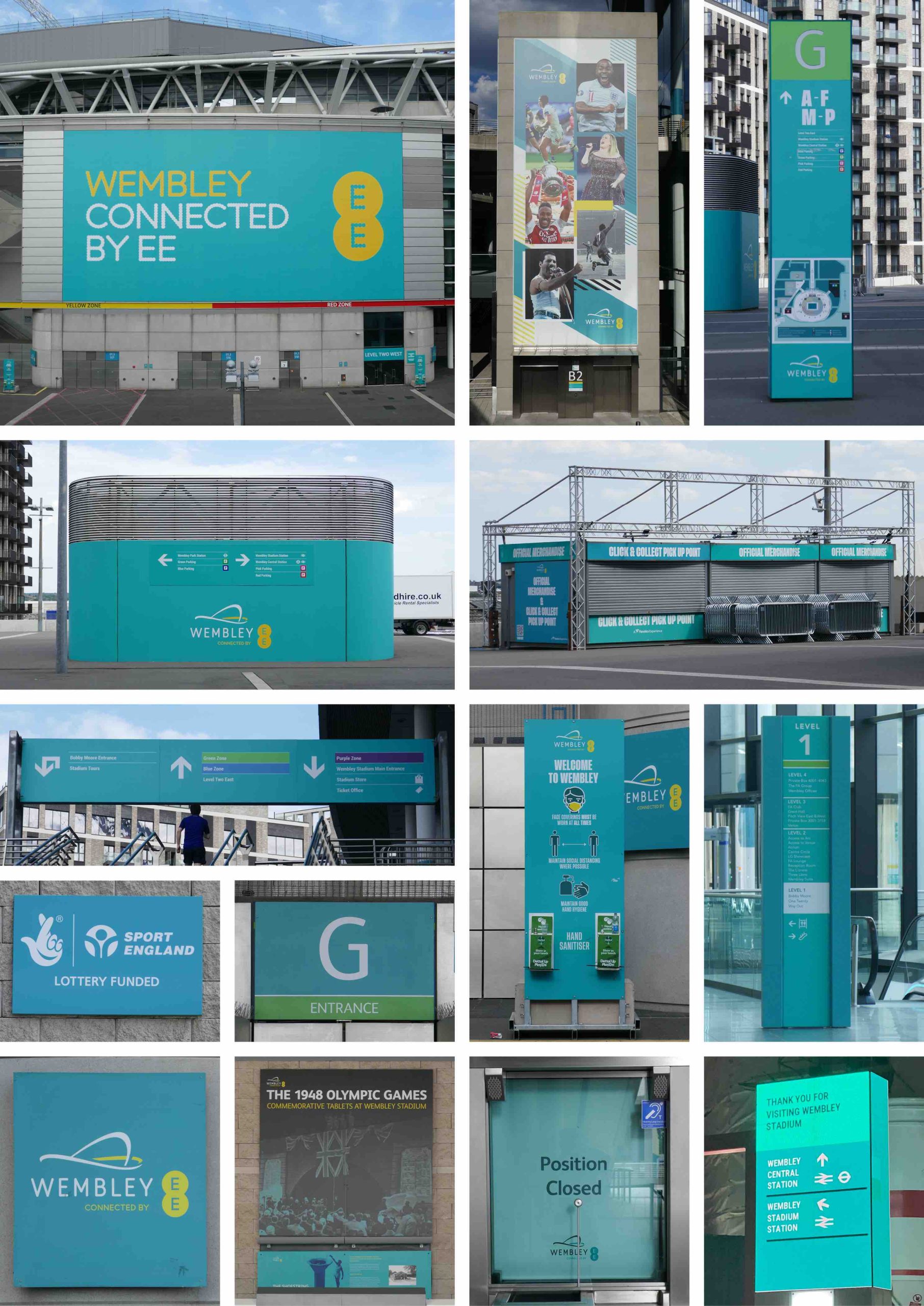As a ‘spectacular’ sporting heritage space Wembley Stadium and its setting have been recently celebrated after a centenary of sport and entertainment since its inauguration in 1923. This paper examines the recent redevelopment and design of Wembley Stadium in Wembley Park to depict how the heritage credentials of the area and the intangible nature of sport as performance are mediated through multiple graphic images and permanent, semi-permanent, and ephemeral graphic interventions. The morphological milieu of Wembley as a heritage place is shown to be the most tangible heritage asset upon which its heritage credentials stand, amongst numerous graphic images and objects that impact how people navigate and understand the visitor experience of Wembley as a contemporary place to visit, work, and live.

Plan for the British Empire Exhibition site as it appeared on the back of the exhibition booklet in 1924, showing the location of the Empire Stadium and the site’s main north entrance near Wembley Park station on what is now the Metropolitan line of the London Underground. Source: Arnold Reproduction Co.

Graphic heritage representation at Wembley Park and Wembley Stadium. Photography: Robert Harland 2022.

The increasing dominance of the sponsor’s turquoise colour at Wembley Stadium conveys a direct association with the stadium sponsor EE. Photography: Robert Harland 2022
Read the full paper here
Harland, R.G. and Elbardawil, S. (2024) “Graphic heritage calling: The temporal and spatial historic experience of the Wembley Stadium and Wembley Park milieu”. Soccer and Society. https://doi.org/10.1080/14660970.2024.2363248. (In Press)